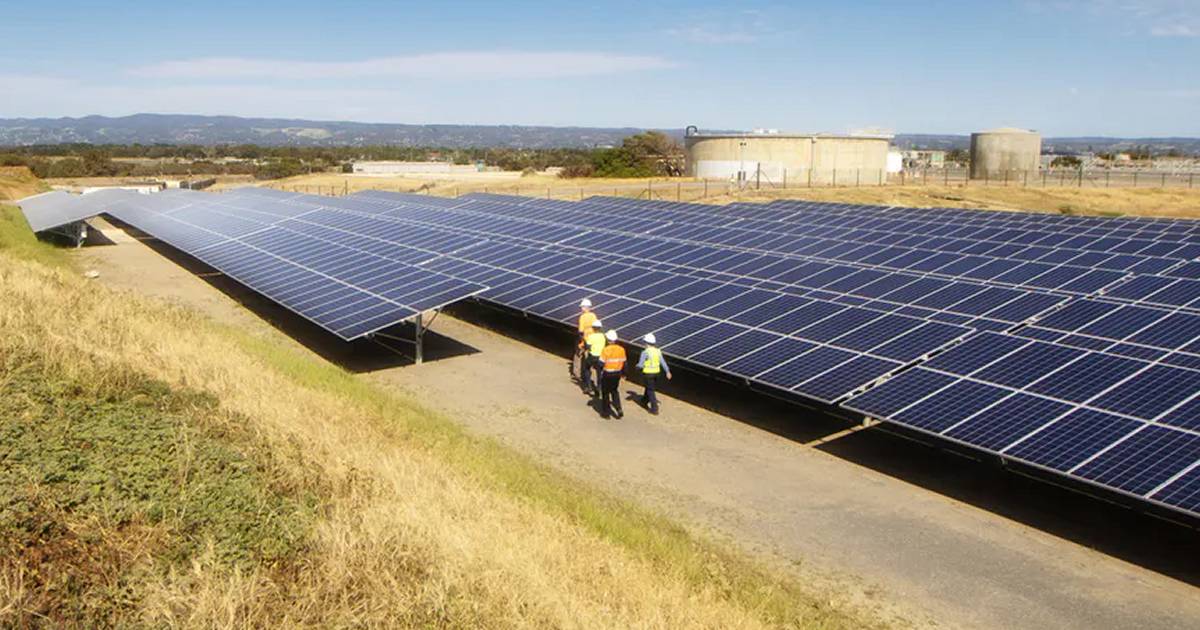SA Water says it is investing more than $300 million in solar power installations and energy storage during the course of this year.
Electricity is a huge expense for SA Water, costing $55 million in 2016/17 and jumping to $83 million in 2018/19. Nationally, the water industry chews through 3,000 gigawatt-hours of electricity annually and SA Water states it consumes almost 20% of the total. It’s one of the biggest consumers of electricity in South Australia.
In December 2017, the utility announced a goal of $0 net electricity costs by 2020, with solar energy to play a major role. SA Water has had some solar installed since, including construction of 6 MW of PV capacity at its Glenelg, Hope Valley and Christies Beach facilities.
Half A Million Solar Panels In 2020
The big push this year will see more than 500,000 solar panels installed at 35 sites throughout the state. Total capacity installed during 2020 wasn’t clear from this week’s announcement – it was noted as “242 gigawatt hours (GWh)”. Gigawatt-hours is a measure of energy produced over X period, not power (megawatts – MW)1. But assuming each of the 500,000(+) panels is 300 watts, it would work out to around 150 megawatts capacity and that could generate close to 242 gigawatt hours of electricity per year.
That figure ties in with a tender issued by SA Water in 2018 calling for 154 MW of solar capacity, which was awarded in February 2019. The tender also included 34MWh of energy storage2, which is to be installed during 2020.
Among the projects slated for construction this year is a 3.5MW solar farm at the Christies Beach Wastewater Treatment Plant that will incorporate battery storage. There are already two (much smaller) solar power systems installed at the facility.
In addition to providing significant electricity cost savings, SA Water says the 2020 rollout will result in a reduction of more than 89,000 tonnes of carbon emissions a year – equivalent to planting seven million trees or keeping more than 32,000 cars off the road every year of operation.
“We’ll always need to use and buy some electricity, but we can be smart in our approach to managing it as we work towards a zero cost energy future,” said Nicola Murphy, SA Water’s Senior Manager Zero Cost Energy Future. “Importantly, our progressive leap forward will help demonstrate the way renewable generation can be integrated at large utility scale, and help the global transition to a low-carbon future.”
Footnotes
- Learn the difference between power and energy here ↩
- Energy storage capacity can be noted in that way; i.e. MWh ↩


 RSS - Posts
RSS - Posts



Speak Your Mind